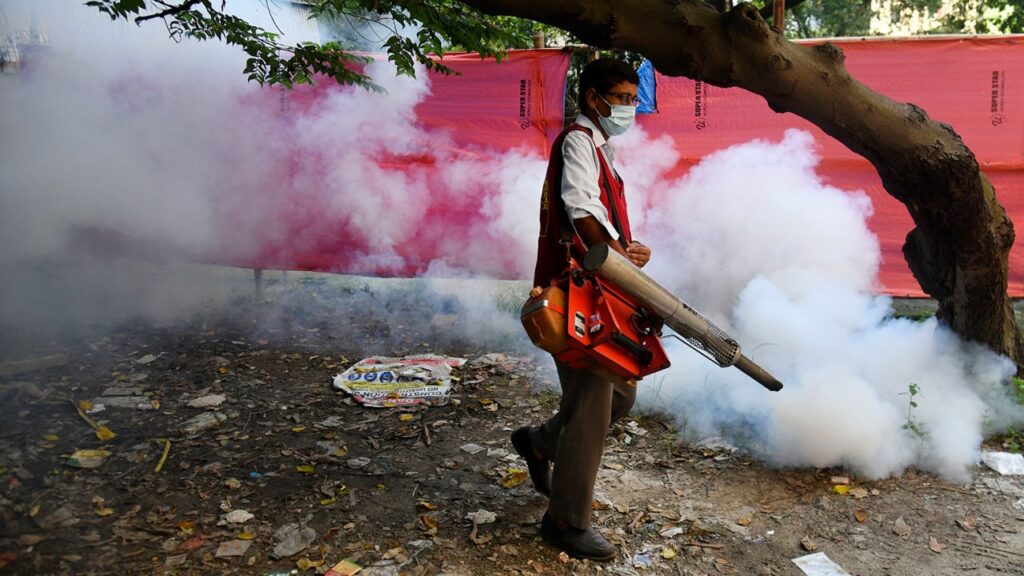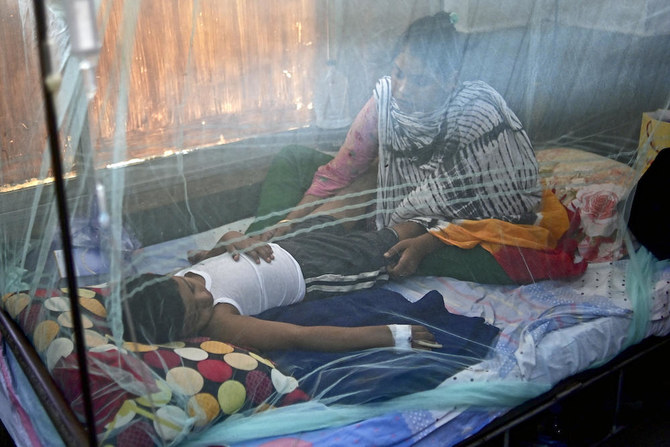
More than 1,000 people die in Bangladesh’s worst dengue outbreak on record.
More than 1,000 people have died from dengue in Bangladesh’s worst epidemic on record since the year’s beginning, marking a sombre turning point in the spread of the mosquito-borne disease, which experts have warned could get worse due to the effects of climate change.
According to government figures released on Tuesday, at least 1,030 people have died and more than 210,000 have become infected in Bangladesh since the start of the year, placing a burden on the country’s already precarious healthcare system and forcing officials to scramble to stop the spread. More than 100 kids under the age of 16 are among the deceased. Just 281 dengue deaths were reported throughout the nation for the entire year.
The World Health Organisation reports that between 2000 and 2022, the number of dengue cases that have been reported globally increased eight-fold.
Around half of the world’s population is now at danger of infection, according to Raman Velayudhan, who oversees the WHO’s programme for the control of neglected tropical diseases. About 70% of all diseases in the world originate in Asia.
Dengue is most frequently seen in tropical and subtropical settings and is mostly transmitted by the Aedes type of mosquito, which can also transmit the Zika and chikungunya viruses. According to the WHO, greater temperatures and the rainy season (May to September) have historically been associated with dengue cases in Bangladesh.
The majority of persons who contract the virus won’t show any symptoms, but those who do frequently complain of a high fever, headaches, nausea, body aches, and/or a rash. Rarely, dengue can be fatal, and people who have already been infected twice are more susceptible to “severe dengue.” According to the US Centres for Disease Control and Prevention, untreated patients’ mortality rates might reach up to 13%.



